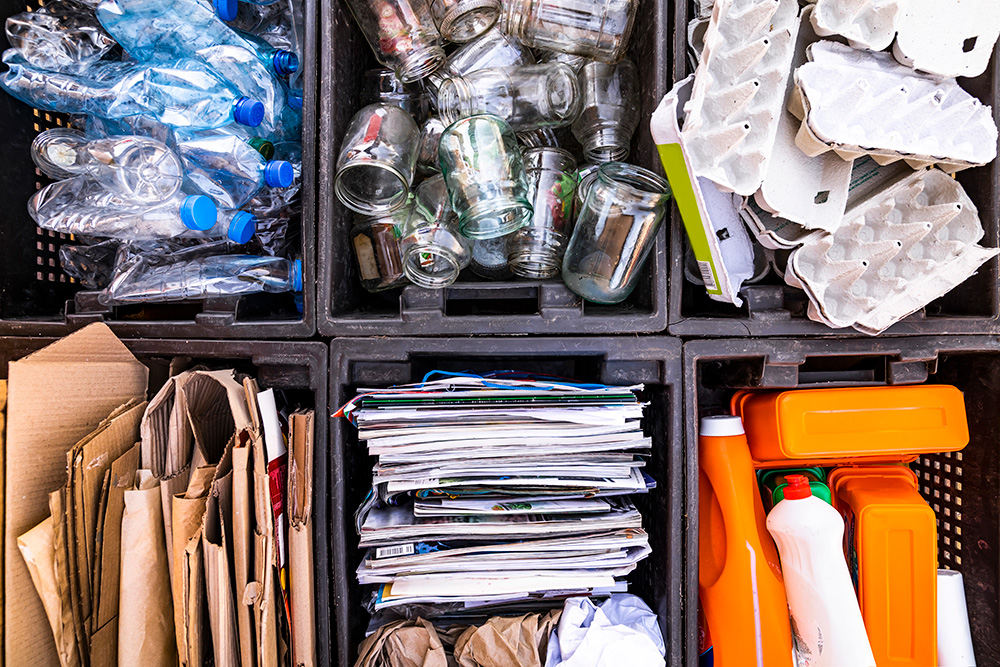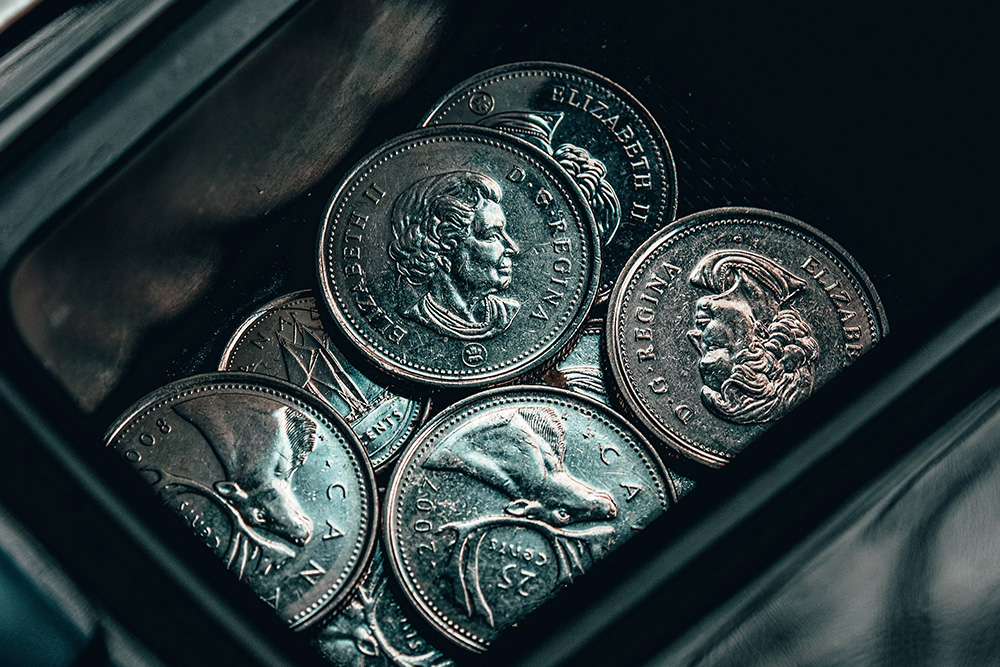
I’ve always thought of myself as environmentally responsible, using “green” products and conscientiously recycling. I thought that’s what most people do. Then I found out that in reality, only nine per cent of the three million tonnes of plastic waste Canadians throw out each year actually gets recycled. In fact, 29,000 tonnes of plastic waste end up in nature: on our beaches, in our rivers and lakes, in our forests. So, I decided I would try zero-waste for one week and see if it would be realistic to adopt this lifestyle. This is what I learned.

1. We Don’t Need All That Packaging
Once I started reading up on how to go zero-waste, I became more conscious of how much waste we produce. One of the things I noticed was just how much unnecessary packaging we use. Even when I ordered products online that would help me create a zero-waste home – containers for buying and storing bulk foods, alternatives to paper towels, a vacuum-insulated flask and reusable tea ball for my warm drinks – many of them arrived packaged in plastic bags within boxes within more boxes wrapped in plastic. Too much packaging seems to be at the heart of our waste problem and we need to petition manufacturers to address this or the problem won’t go away.

2. It Helps to Assess Your Trash and to Prioritize
Reading up on all the tips for zero-waste living, I felt a bit overwhelmed. Then I started considering what types of trash I’m creating. I’ve already switched to digital for most of my banking and billing, and my home office has been virtually paperless for years now. I’m reusing food scraps and what I can’t use, goes into the compost bin. My biggest weaknesses in terms of waste were tea bags and food packaging. So, I decided to prioritize buying loose-leaf tea, frequent the bulk section at the grocery store and spend more time at farmer’s markets.

3. Zero-Waste Saves You Money
At first I thought the lifestyle would be more expensive. After all, just look at the price difference between anything “organic” or “green” and its regular counterparts. There were some initial lay-out costs for zero-waste essentials like containers and the materials to make things (like eco-friendly food wraps) but looking at my grocery bill after that first trip to the farmer’s market and Bulk Barn, it was clear that I would be saving money.

4. It Doesn’t Happen Overnight (and That’s Okay)
The week before I decided to try a zero-waste lifestyle, I had bought a bottle of pretty expensive all-natural shampoo. The zero-waste alternative would be a shampoo bar but it seemed like such a waste to not use the shampoo I already had. This made me realize that going zero-waste wasn’t going to happen overnight and that it wasn’t going to be the end of the world if it didn’t. I would just use up the products I already had, try to find ways to upcycle their packaging and then switch to the zero-waste alternatives. Not producing any waste at all is near impossible: the aim, however, is to produce as little as possible.
Images courtesy of Unsplash and Getty Images
HGTV your inbox.
By clicking "SIGN UP” you agree to receive emails from HGTV and accept Corus' Terms of Use and Corus' Privacy Policy.




